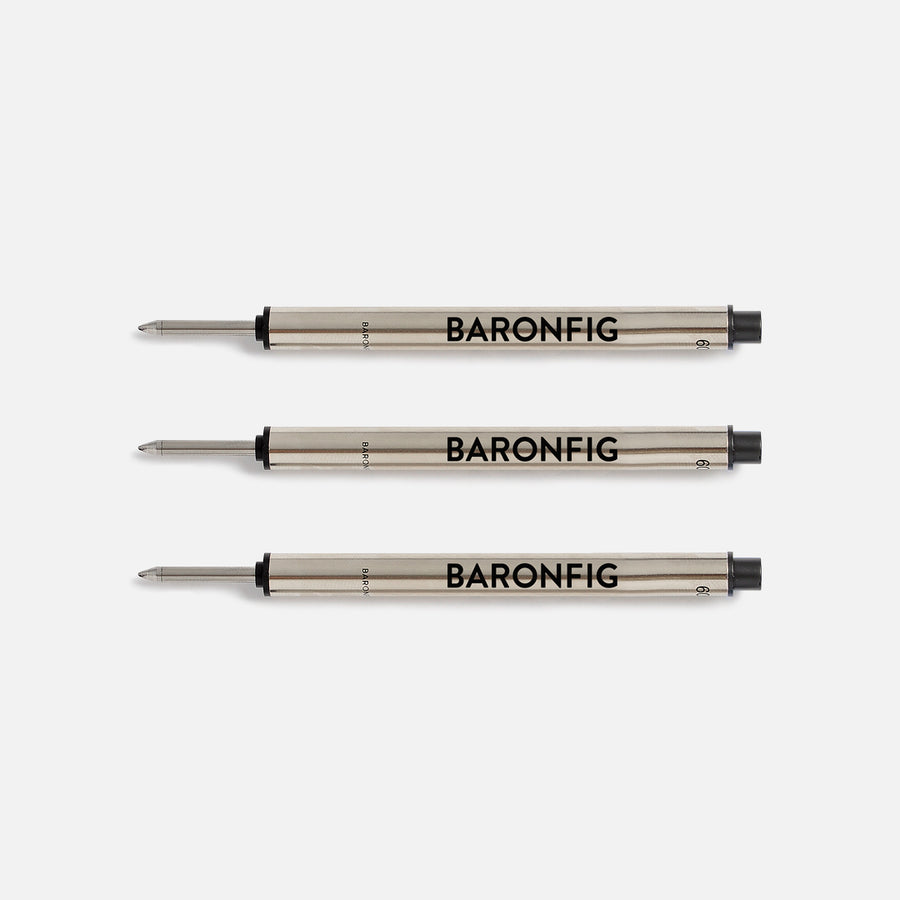Wish lists have evolved over centuries from simple desires scribbled on paper to digital lists curated with a click. Initially a private record of one's aspirations or needs, the concept of the wish list has transformed dramatically, especially with the rise of consumer culture and digital technology.
In the past, wish lists were merely personal notes kept in journals or diaries. However, as commerce expanded and holiday traditions emerged, wish lists began to gain cultural significance, becoming a delightful tool for sharing hopes and desires with loved ones and a valuable resource for retailers. Let’s dive into the intriguing history of wish lists from their humble beginnings to the powerful, interactive tools they are today.
Origins of the Wish List
Historically, wish lists were deeply personal and seldom shared. In medieval times, for example, people wrote down their goals, prayers, or needs as a way to manifest their intentions. However, the modern idea of a wish list started to take shape in the late 19th and early 20th centuries, particularly in Western cultures, as department stores and catalogs became popular.
Retailers noticed that many customers enjoyed compiling lists of items they desired but couldn’t immediately purchase. Some catalogs even encouraged readers to cut out or circle items they liked, making it easier to “wish” for specific goods and dream about future purchases.
The Role of Wish Lists in Holiday Culture
The holiday season greatly contributed to the popularity of wish lists. Early 20th-century advertisements often suggested the idea of making lists for Santa Claus, a tradition that became especially popular in the United States. Children were encouraged to write letters or lists for Santa, which served as an early example of turning desires into a structured list to be shared with others.
Over time, the wish list became a holiday staple for families, making it easier to shop for loved ones by knowing precisely what they wanted.
Wish Lists in the Digital Age
The internet revolutionized the concept of wish lists. Online shopping giants like Amazon and eBay introduced digital wish lists, making it possible for users to save desired items and share them with friends and family. These digital lists could be updated in real time, shared with a single link, and accessed from anywhere in the world. Online retailers quickly realized the potential of wish lists for marketing purposes, enabling targeted suggestions and making gift-giving more accessible.
Today, digital wish lists are essential for birthdays, weddings, holidays, and beyond, giving people a convenient way to organize their wants and share them with others.
The Psychology Behind Wish Lists
Beyond convenience, wish lists serve as a psychological tool for motivation and goal-setting. Studies suggest that people often feel a sense of satisfaction simply from listing their desires, even if they don’t immediately acquire the items.
Creating a wish list can be a way to visualize and prioritize one’s aspirations, from material goods to larger life goals. For some, wish lists act as a manifestation technique, aligning one’s mindset with their intentions. Meanwhile, marketers view them as a way to understand consumer preferences and tailor offers more effectively.
Conclusion
The journey of wish lists reflects a blend of personal aspiration, social tradition, and technological innovation. From a personal record of dreams to a powerful social and commercial tool, wish lists have continually adapted to meet the needs of the times. Whether scribbled in a journal or curated online, the wish list remains a cherished way to express and fulfill desires.
What’s on your loved ones wish lists this holiday season?
Start your next list with Strategist Index Cards—offering endless potential.
Want to make sure you get the right gifts for the creatives in your life? Be sure to check out The Ultimate Baronfig Gift-Giving Guide!

















